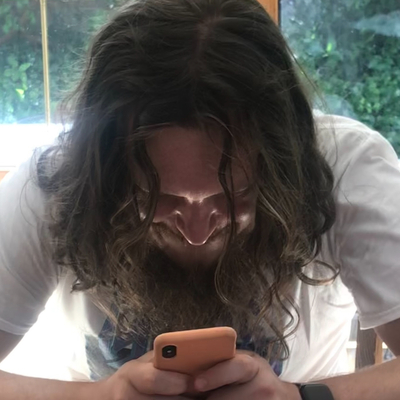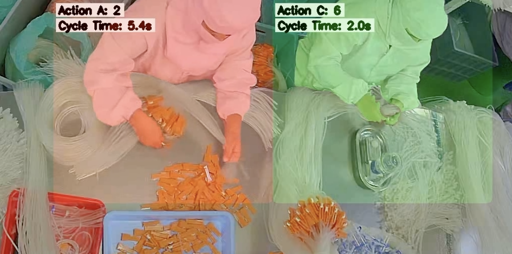- cross-posted to:
- [email protected]
In most cases, I’d guess that factories don’t need cameras or AI image analysis to track output, because workers aren’t simply putting their output into a single pool with the output of other workers. The factory already has an easy way to know how much output the worker is producing, and, no doubt, has a record of that.
There might be fields of work where that’s not the case, where it’s hard to know what any one worker is actually producing. But I’m dubious that it’s gonna be people doing assembly work in a factory.
There might be more-valuable uses to record and analyze workers in a factory. I remember that in Cheaper by the Dozen, the father works as a motion efficiency consultant — was in the heyday of US doing assembly-line factory work, and he’d go in with a video camera, record workers working, and then break down how workers were working and see if there were different motions that workers could be trained to use to increase output.
https://en.wikipedia.org/wiki/Time_and_motion_study
A time and motion study (or time–motion study) is a business efficiency technique combining the time study work of Frederick Winslow Taylor with the motion study work of Frank and Lillian Gilbreth (the same couple as is best known through the biographical 1950 film and book Cheaper by the Dozen). It is a major part of scientific management (Taylorism). After its first introduction, time study developed in the direction of establishing standard times, while motion study evolved into a technique for improving work methods. The two techniques became integrated and refined into a widely accepted method applicable to the improvement and upgrading of work systems. This integrated approach to work system improvement is known as methods engineering[1] and it is applied today to industrial as well as service organizations, including banks, schools and hospitals.[2]
But I’m skeptical that trying to find workers who aren’t producing output in a factory using AI vision stuff is going to be all that useful.
Its useful to the company trying to sell the ai vision stuff. It does not need to make sense or be useful to the buyer they just need to buy it. :)
Yeah, sounds like someone mentioned “it uses AI!” at the sales pitch meeting, and everyone cheered and signed immediately…
Time and motion studies can be incredibly effective. My company once wanted to automate some processes and sent me down there to watch the workers and identify the processes we could automate. Talking with the workers and filming a few of them gave me all the information to save well over $1M per year just by making the current process more efficient. Literally cost some people’s time to do the analysis, change some documentation and validate the improvements. Even the workers were happy because they had less waiting around for things to happen and were part of the process.
Surprised-pikachu.jpg
kinda is surprising. do they really have history in doing this?
I’m unsurprised that a venture capital company is dehumanising workers.
oh okay i thought you mean Y combinator
deleted by creator
Very on brand for the Y-Combinator ghouls.
so a boss can look at graphs and yell at them about efficiency.
You sure have a lot of time at hand, boss.
I wish Trump, Elon and their gang had it so they would realize that being efficient at work screws up your life.
At least they’re honest? /s







